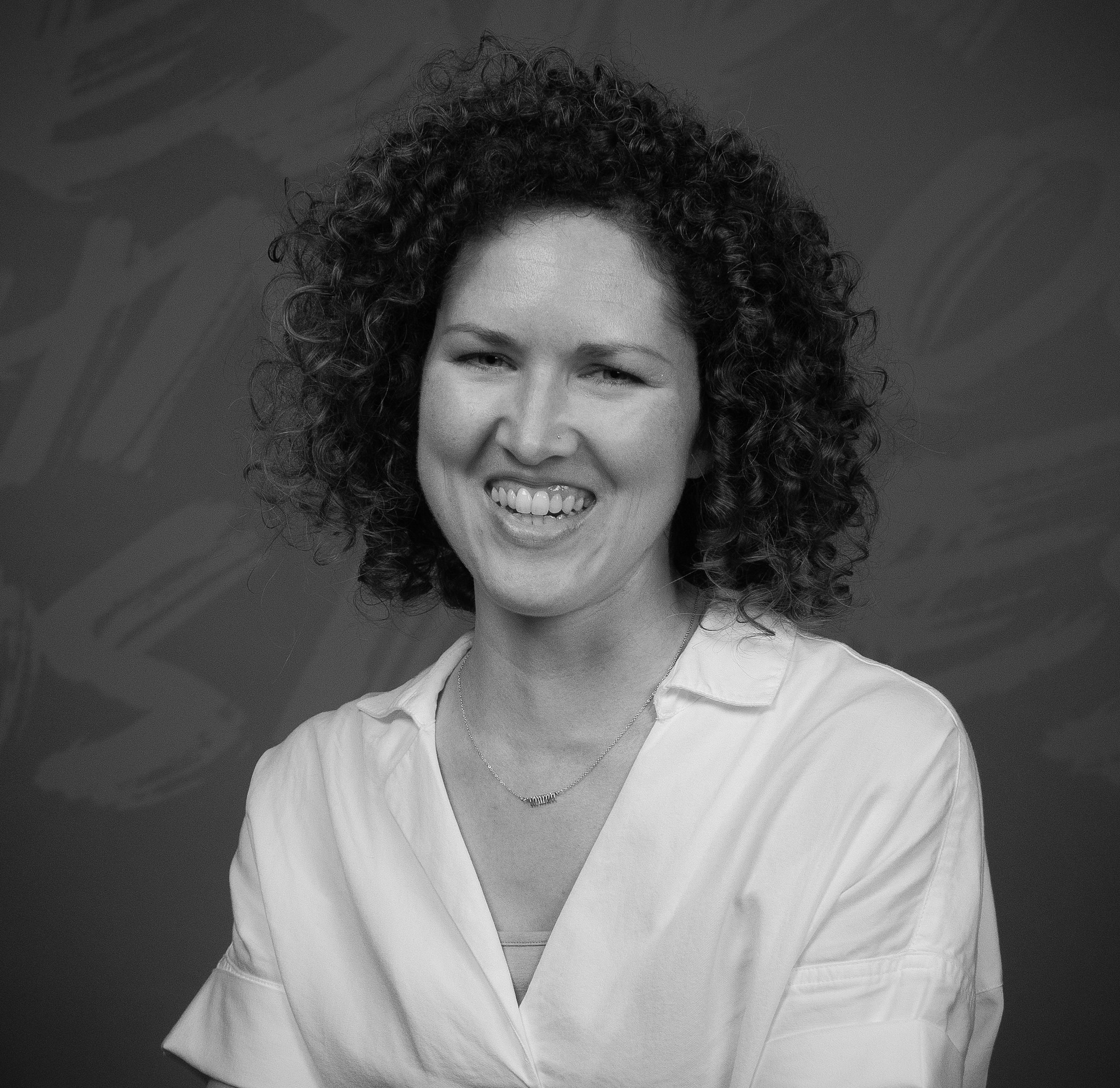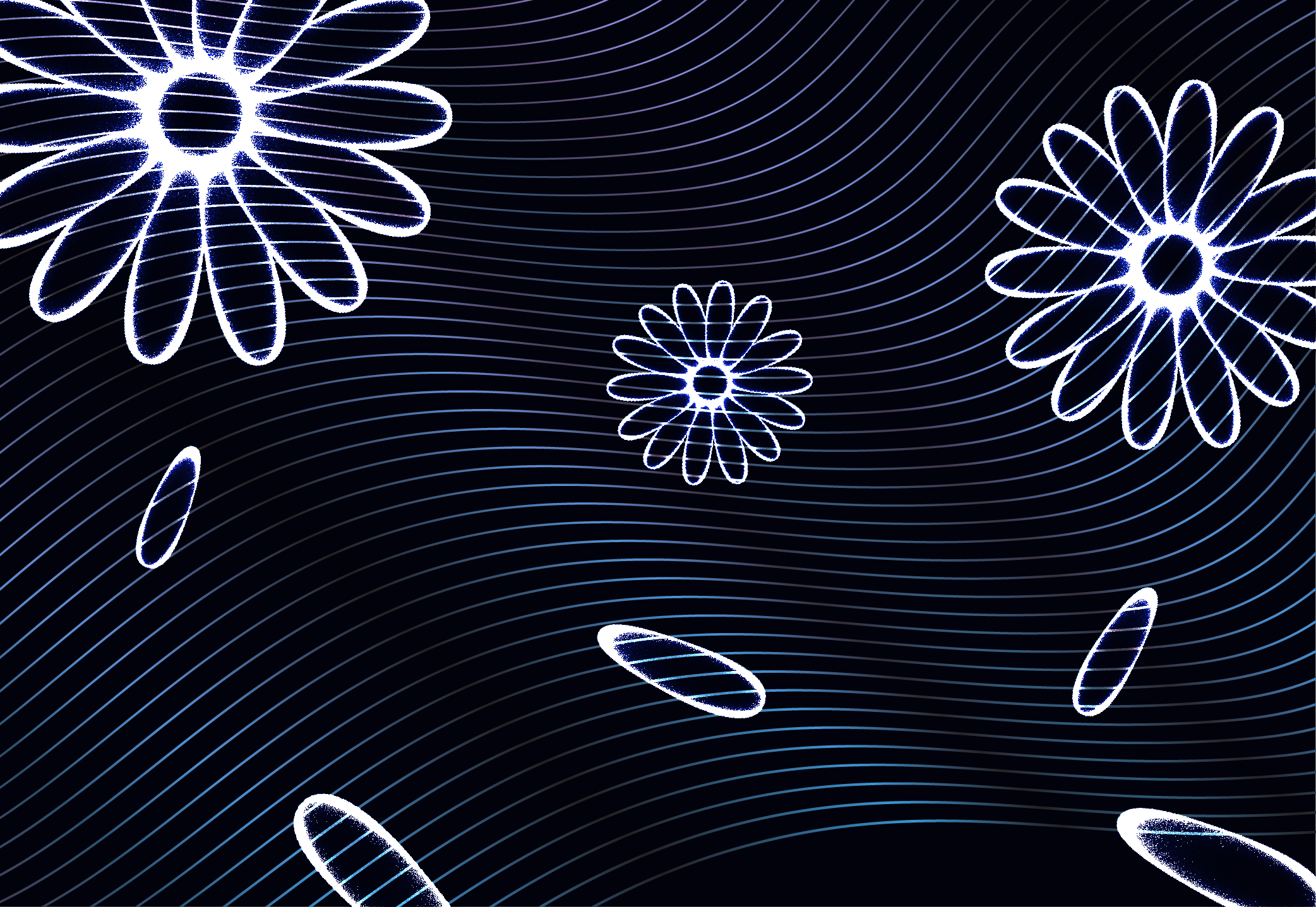Statement of Practice
By Rebecca Knowe After working as an in-house graphic designer for several years, I was bored. Entering the MGD program looking for more challenging design work, I found it through design that embraces complex problems, systems thinking, and research (of all stripes). One project aimed to design learning content for middle schoolers. My collaborator and I got the chance to observe a middle school classroom and interview the teacher. It brought the whole project to life for me—to see the people that would use the design I created, and more easily imagine what the design could help them do. Next, I took a class in Qualitative Research Methods to learn how to ask better questions and gather more actionable information. The research for that class seamlessly informed an additional design studio project—and I was hooked! Design work was brought to life for me when I could connect it to real people, and to solving their concrete problems. I credit NCSU, my hardworking professors, and my talented peers with giving me the tools to build a …





